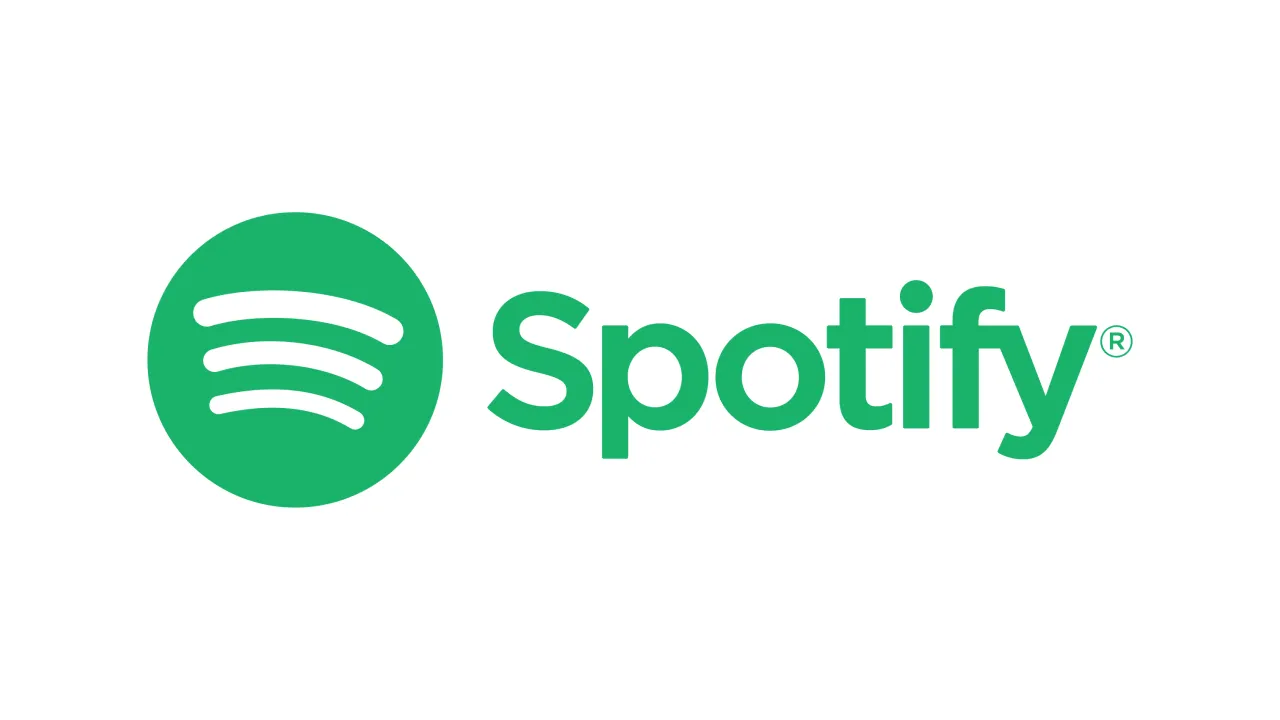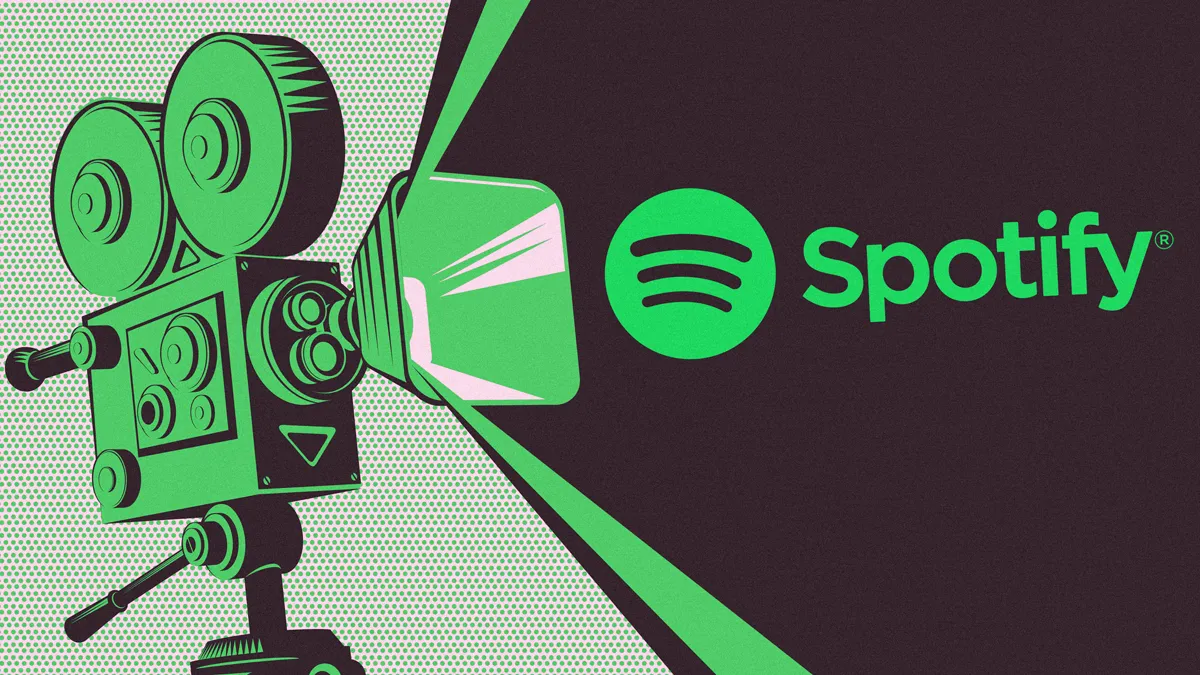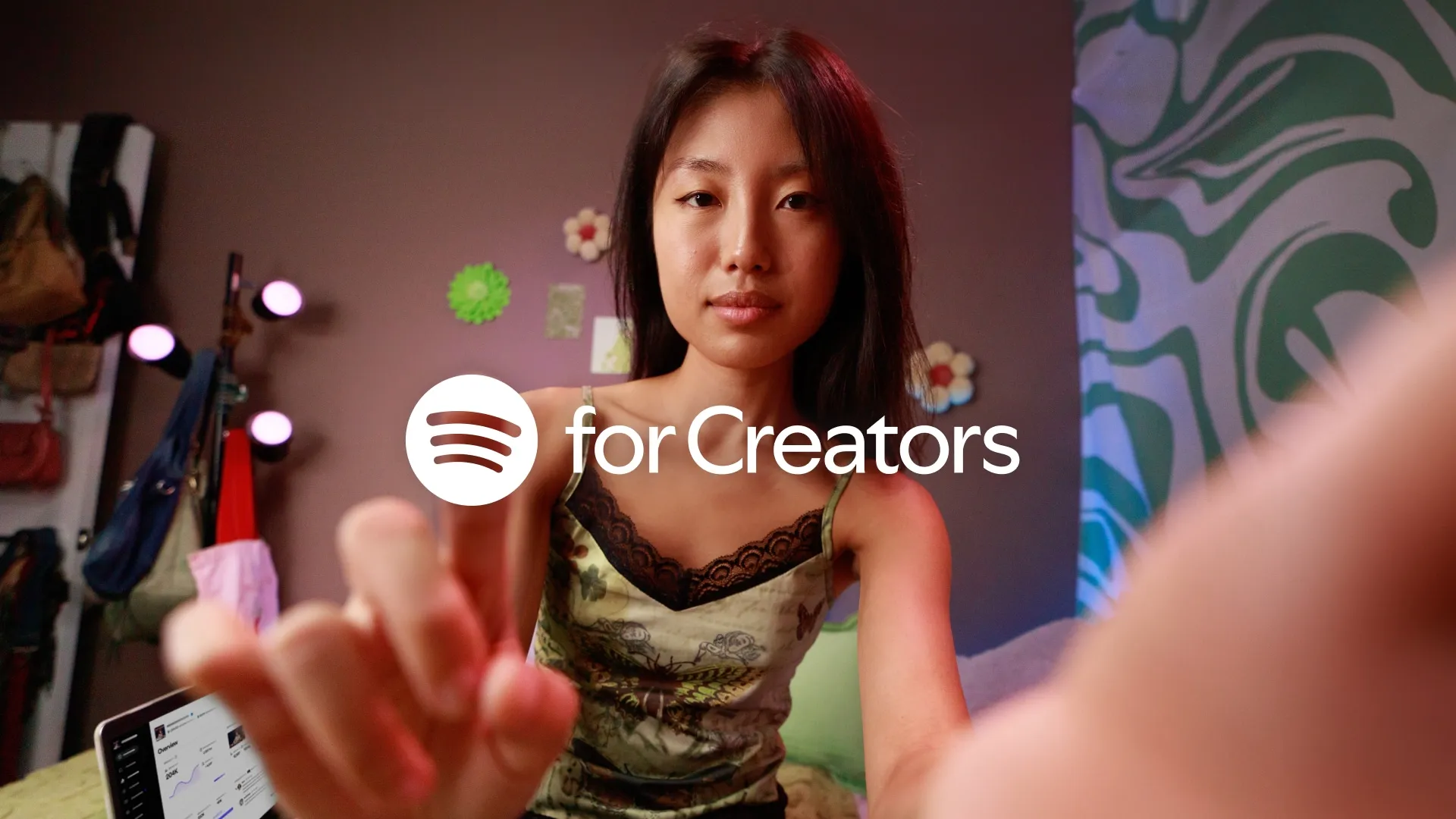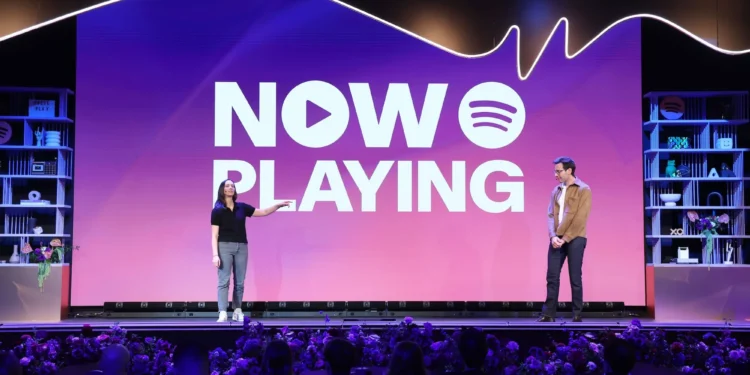In a move that was initially intended to help podcasts grow their audiences, Spotify made waves last week by announcing that it would roll out public play counts for all podcasts. The idea was simple: showing play counts could help attract new fans by showcasing a podcast’s popularity. However, the backlash from podcasters was swift and intense, as many felt that the change would primarily benefit already-popular podcasts while hurting smaller shows with less visibility.

In response to the growing criticism, Spotify has made a significant adjustment to its plan, but not without retaining the core concept. Here’s a breakdown of the changes, the reaction from the podcasting community, and what it all means for the future of podcasting on Spotify.
The Initial Plan: Public Play Counts for All Podcasts
Spotify’s initial decision to publicly display play counts for all podcasts was met with mixed reactions. On one hand, Spotify argued that the transparency of these play counts would give podcasts a “boost” by showing new listeners how popular a show was. However, this move quickly raised concerns among smaller, independent podcasters. Many feared that highlighting the play counts of already successful shows would make it even harder for lesser-known podcasts to attract attention.
As noted by a podcaster who expressed frustration with the change, “It just promotes the big shows that already have large audiences. The little guys don’t stand a chance.”
The main criticism from creators was that it would reinforce a hierarchy of popularity, pushing podcasts with smaller audiences further into obscurity. This idea of “visibility bias” could discourage new listeners from even trying out lesser-known content, as large play counts would dominate podcast rankings.
Spotify Responds: Scaling Back the Public Play Counts Feature
Amid the backlash, Spotify decided to adjust its initial rollout plan. Rather than displaying play counts for all podcasts, the company now intends to only show play counts for podcasts that have reached at least 50,000 plays. However, rather than showing an exact number, the play counts will be updated at milestones, such as 100,000 or 1 million plays, to avoid giving too much prominence to those with massive followings.

“We plan to roll this newly evolved version of play counts over the coming week,” Spotify stated in a blog post. “This update reflects our evolving efforts to provide the best insights for creators and a clear experience for their fans.”
This change alleviates some of the concerns expressed by creators while still keeping the core idea intact: visibility for popular podcasts, but not to the extent of overshadowing smaller shows completely.
The Broader Implications: A New Approach to Podcast Popularity
For decades, podcast hosting platforms, including Apple Podcasts, have kept metrics like play counts hidden from public view. Apple Podcasts offers reviews and charts, but the average listener had little indication of how many people were listening to a particular show. This lack of transparency created a more even playing field for newer or niche creators, who were able to grow their audiences without the looming pressure of competing with larger, established podcasts.
Spotify’s initial attempt to expose podcast play counts was driven by the idea that this mystery was a detriment to both listeners and creators. However, creators were drawn to the medium in part because it allowed them to thrive in a space where listener numbers weren’t always front and center.
One creator emphasized this point, saying, “Podcasting has always felt like a place where niche creators could shine, without worrying about big numbers staring at you.”
Clarity on What Constitutes a “Play” and “Stream”
Another point of contention that arose from Spotify’s plans was the lack of clarity around what exactly constitutes a “play” and a “stream.” Unlike other platforms such as YouTube, which has clear metrics about views and watch times, Spotify and other podcast platforms have varying definitions of what counts as a “play.”

Spotify explained that play counts would refer to “the number of times people actively tried” the content, meaning that listeners had engaged with the podcast for at least 60 seconds. In contrast, streams and downloads, which would also contribute to a podcast’s total engagement, only count after the same 60-second threshold is met.
The issue of inconsistent play definitions is something that the industry has been working to address. The Interactive Advertising Bureau (IAB) has been actively involved in creating clearer standards for what constitutes a “play” in podcasting. But as of now, discrepancies between platforms like Spotify and YouTube persist, leaving creators and advertisers with no universal standard for measuring podcast success.
As the new public play count feature begins rolling out with the updated plan, it’s clear that Spotify is trying to balance the demands of both listeners and creators. While transparency can certainly help promote podcasts and increase audience engagement, it also presents challenges, especially for smaller shows that may not have the same reach as larger ones.
Spotify’s decision to only show play counts for podcasts with at least 50,000 plays and update them at specific milestones shows that they are listening to creators’ feedback. However, the success of this approach will depend on how well it manages to highlight the diversity of shows on the platform, ensuring that small podcasts still have a fighting chance to grow their audience.
Spotify’s public play count update is a reflection of the growing interest in podcasting as a mainstream form of entertainment. While it could offer benefits for both listeners and creators, it remains to be seen whether this balance will work in practice. The podcasting world thrives on diversity and discovery, and the key to success lies in maintaining that spirit, even as metrics and visibility continue to evolve.
As Spotify continues to refine this feature, podcasters and listeners alike will be watching closely to see how these changes affect the landscape of podcasting in the long term. For now, the evolution of public play counts has only just begun.










